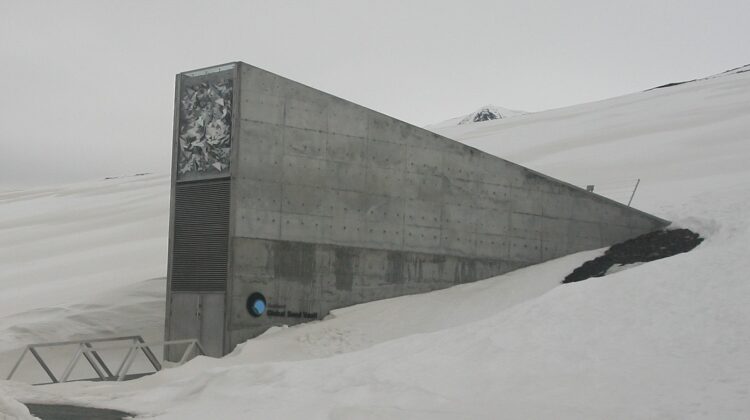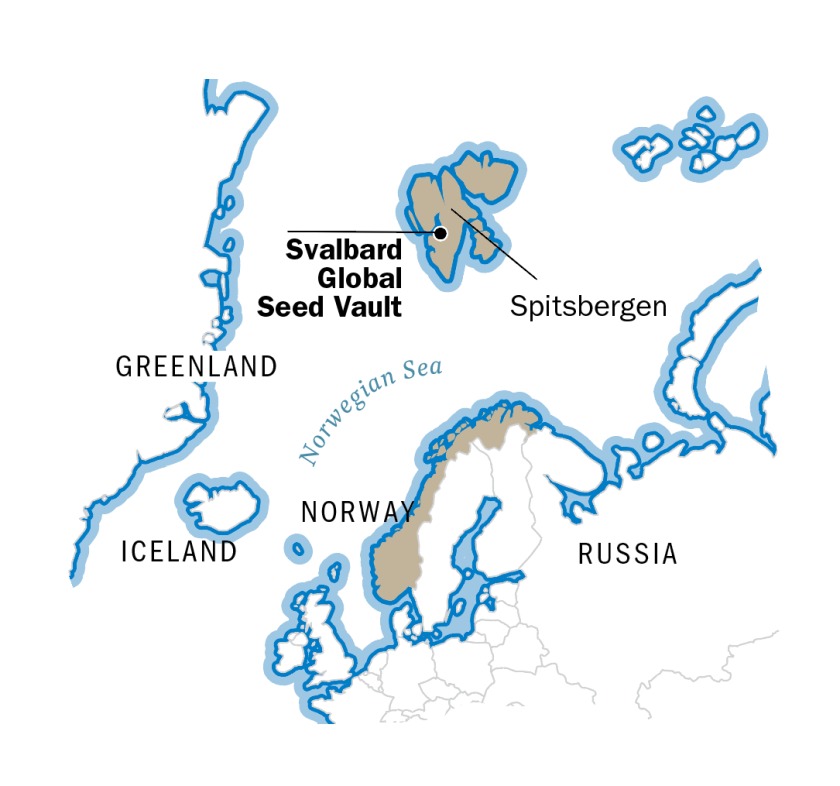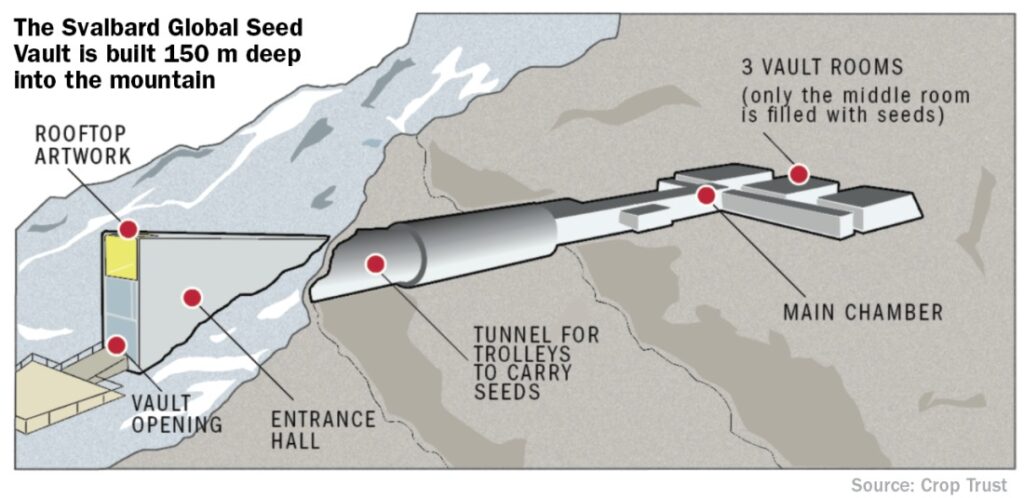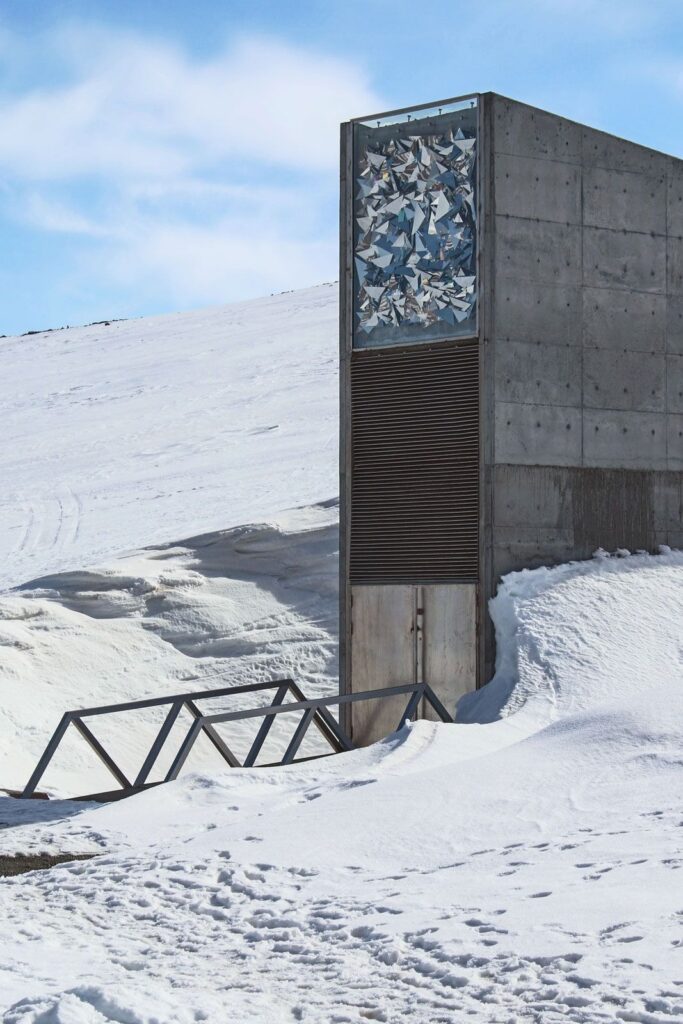
Nestled within the icy embrace of a remote mountain on Norway’s Svalbard archipelago lies one of humanity’s most vital resources—the Global Seed Vault. Often referred to as the “Doomsday Vault,” this subterranean facility is more than a marvel of engineering; it is humanity’s insurance policy against the loss of agricultural biodiversity, safeguarding the future of food security in the face of natural disasters, conflict, and climate change.
The World’s Last Agricultural Fortress
Located just 1,300 kilometers from the North Pole, the Global Seed Vault opened in 2008 as a global effort to preserve 4.5 million seed samples representing the genetic diversity of the world’s crops. Currently, the vault stores over 930,000 seed varieties in its carefully controlled subzero environment, ensuring their longevity for centuries. The facility stands as a testament to international cooperation, with deposits from nearly every country on Earth.

Why Svalbard? A Safe Haven Above the Arctic Circle
Svalbard’s isolation is its strength. Its remote location, away from political and environmental threats, ensures that the vault remains untouched by wars, rising sea levels, and other global risks. The permafrost of the region acts as a natural freezer, complementing the artificial cooling systems inside, maintaining the vault at a consistent temperature of -18°C (-0.4°F). This ensures seeds remain viable for extended periods, even if external power fails.

A Peek Inside the Vault
The entrance to the vault, marked by a striking rectangular concrete structure, leads into a brightly lit tunnel extending 430 feet into the mountain. Here, three chambers house the precious seeds, although only one is currently in use. Each seed sample is vacuum-sealed in silver packets and placed within sturdy boxes, neatly stacked on industrial shelves.

The seeds stored here represent 13,000 years of agricultural history, ranging from modern hybrids to wild and ancient varieties. This treasure trove includes staples like rice, wheat, and maize, as well as underrepresented and endangered crops that hold immense potential for future resilience against climate change and diseases.
The Critical Need for Biodiversity
In the last century, agricultural practices have shifted dramatically. While modern techniques have increased crop yields, they have also drastically reduced biodiversity. Currently, just 30 crops account for 95% of the calories consumed by humans, with many traditional varieties disappearing. For instance, only 10% of the rice varieties grown in China in the 1950s are still cultivated today, and the United States has lost over 90% of its fruit and vegetable varieties since the early 20th century.

This reduction in genetic diversity makes global food supplies vulnerable to diseases, pests, and changing climatic conditions. The seed vault is a vital repository to counteract these threats, preserving genetic material that might one day be needed to restore crops or develop new, resilient varieties.
A Lifeline for the Future
The vault has already proven its worth. In 2015, seeds were withdrawn to replenish gene banks in Syria that had been damaged during the ongoing conflict. This successful restoration highlights the critical role the Global Seed Vault plays in supporting global food security, not just for apocalyptic scenarios but also for everyday challenges faced by agriculture worldwide.

The Arctic World Archive: A Neighbor with a Similar Mission
Adjacent to the Global Seed Vault is another remarkable facility—the Arctic World Archive. This digital repository preserves the world’s critical data, from government records to private institutional files, ensuring their survival for future generations. Together, these facilities embody humanity’s efforts to safeguard its physical and digital legacies.

Preserving Seeds, Preserving Hope
The Global Seed Vault is more than a scientific endeavor; it is a symbol of hope, resilience, and global unity. It reminds us that even in the face of uncertainty, proactive measures can secure the foundations of human survival. The seeds stored within its frozen chambers hold the potential to rebuild and sustain humanity in the event of any crisis, big or small.
As we grapple with the challenges of a rapidly changing world, the Doomsday Vault stands as a beacon of preparedness, ensuring that future generations will have the tools to cultivate a sustainable future.

Leave a Reply